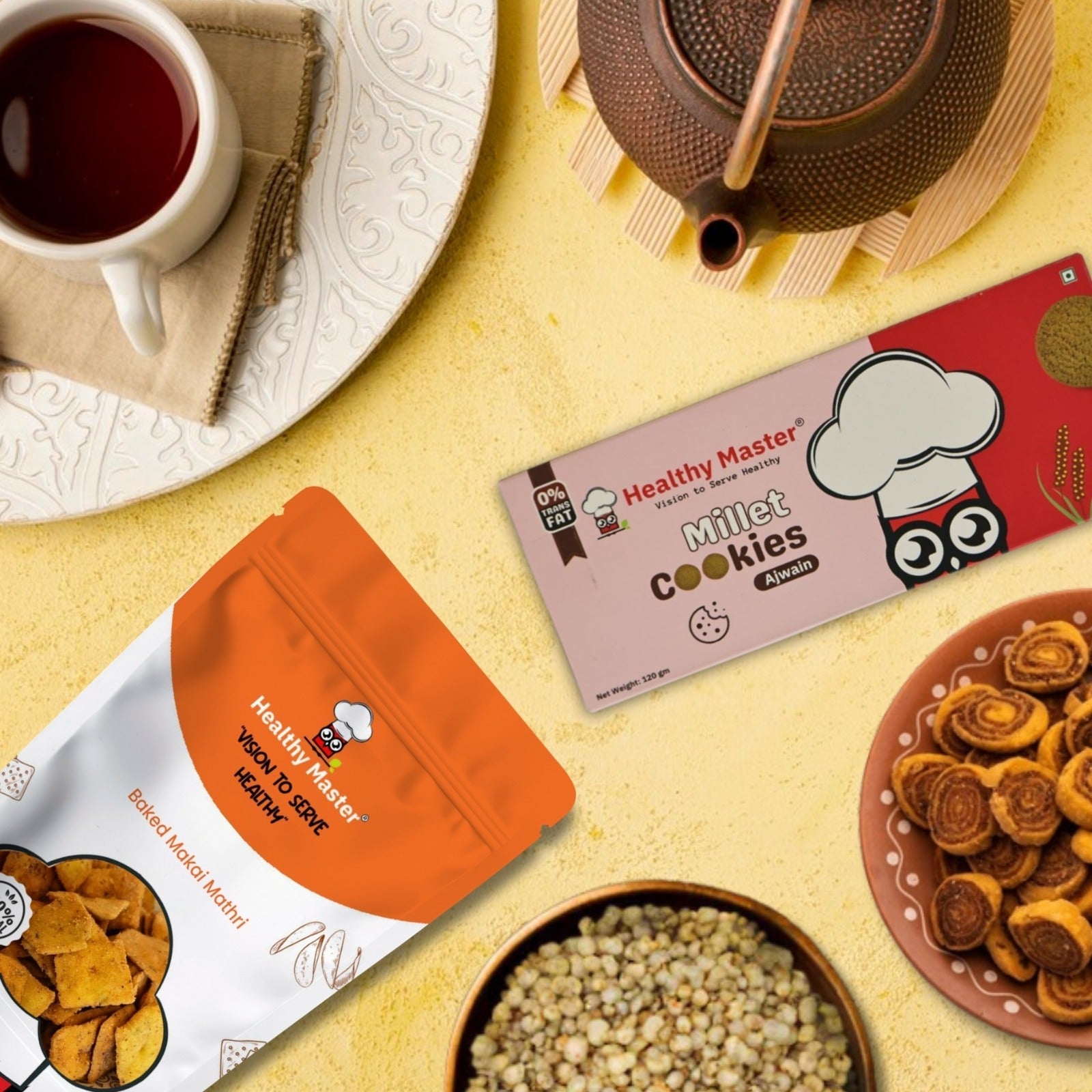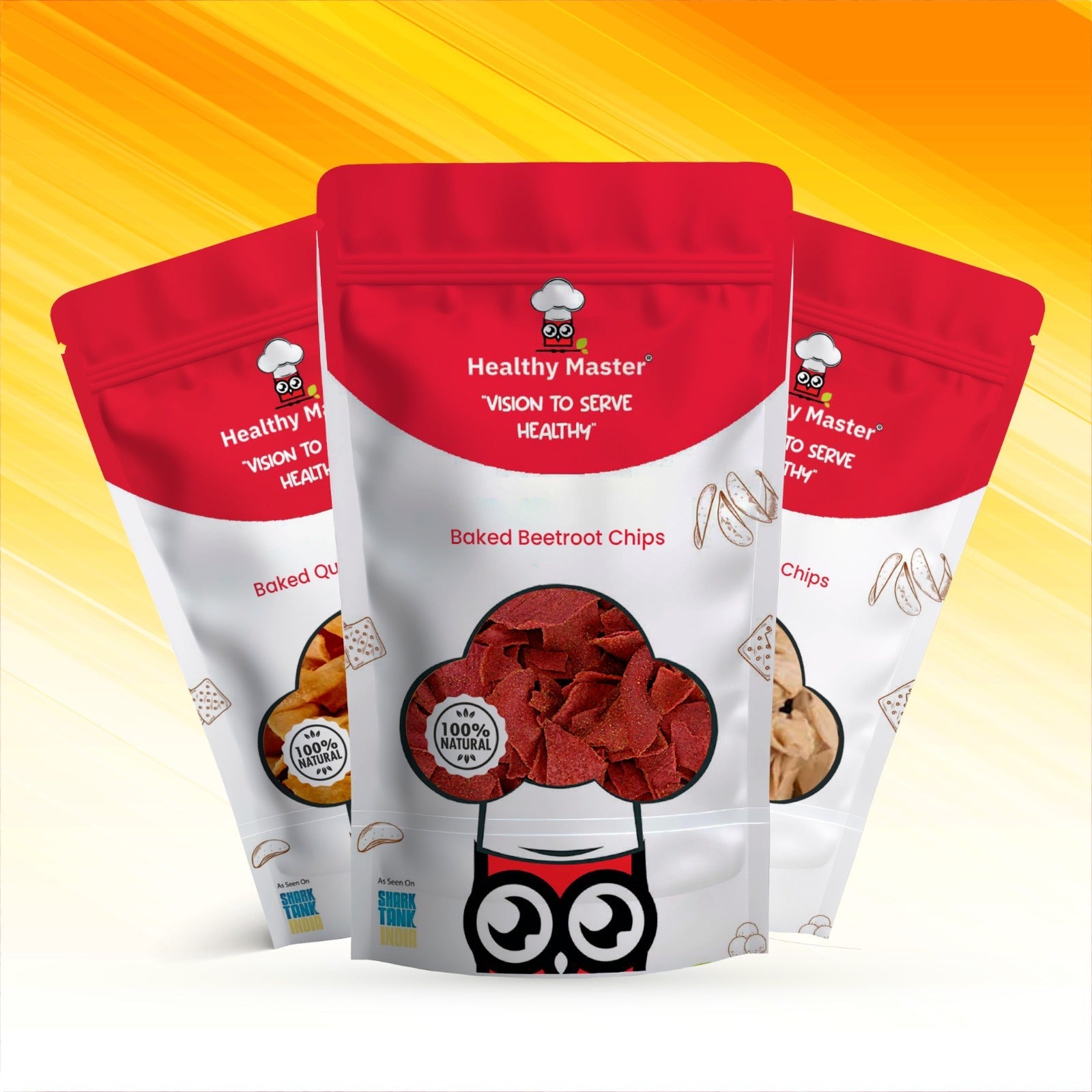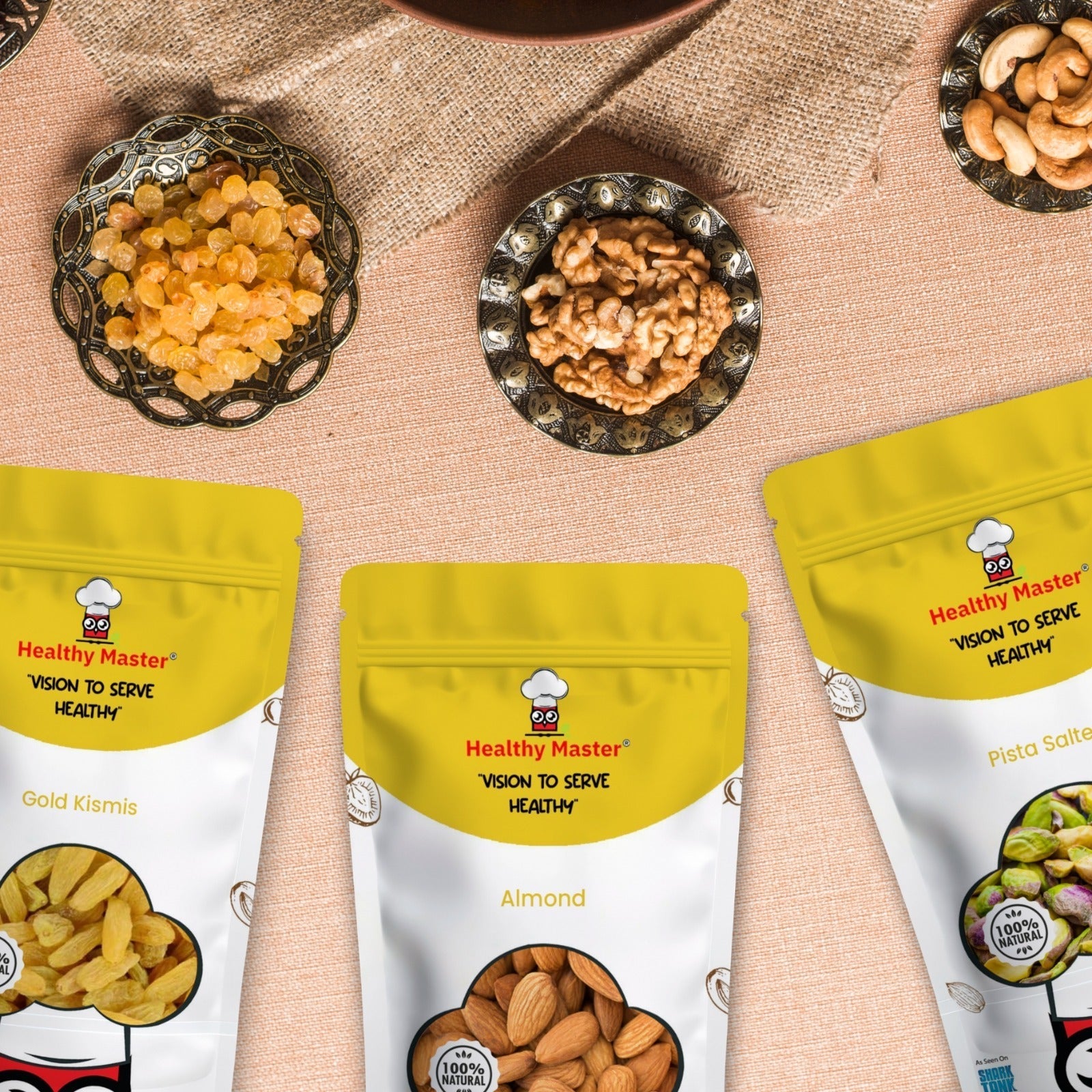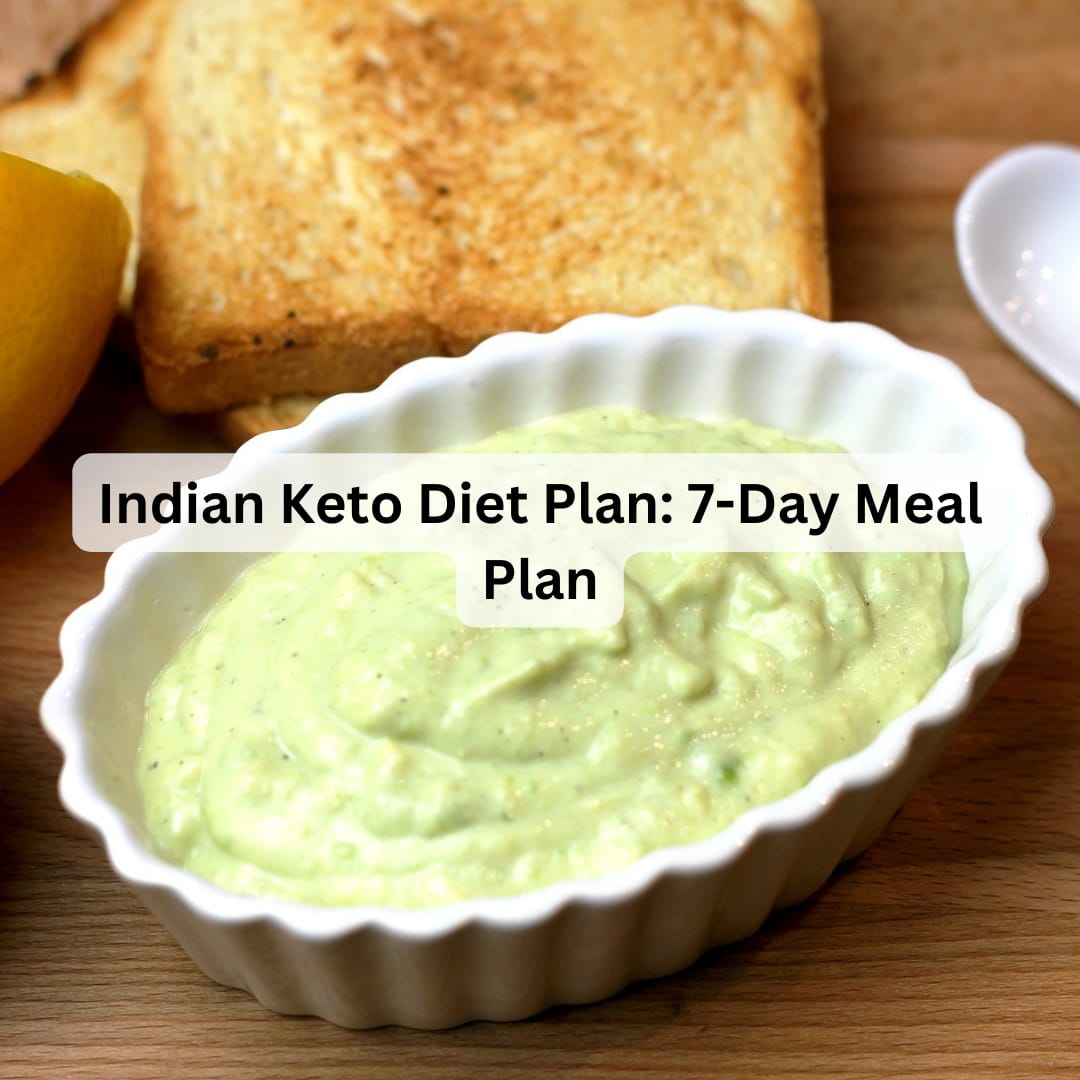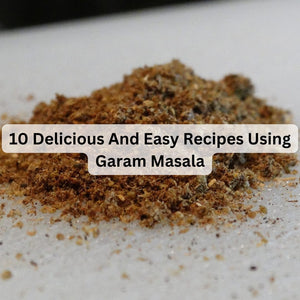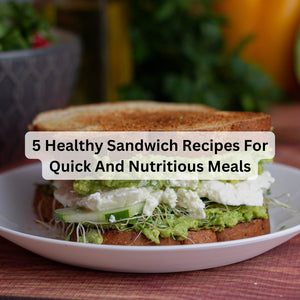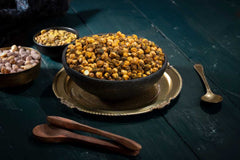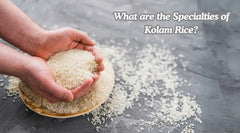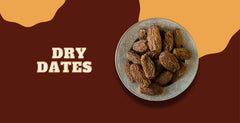Indian Keto Diet Plan: 7-Day Meal Plan
A ketogenic diet, often known as the keto diet plan for weight loss, is a specific diet that calls for consuming a high percentage of fat, a moderate amount of protein, and fewer carbohydrates.
It is thought that following a ketogenic diet will help you lose weight more quickly. When following a ketogenic diet, one should continuously monitor their caloric intake. The body enters a metabolic state known as ketosis when carbs are reduced.
Your body becomes extraordinarily efficient at burning fat for energy when this occurs. Additionally, it converts fat into ketones, which provide the brain with energy. In this blog, we shall look at a 7-day keto diet plan (Indian) that you can follow.
Thoughts On Including Indian Food In Your Ketogenic Diet

A diet can only be considered sustainable if it consists of easily absorbed, basic items. Many believe that it is impossible to follow a diet like Keto in the context of Indian cuisine because most of the items we eat are high in carbohydrates.
But that's not quite accurate. Using affordable Indian food while adhering to the keto diet can still yield benefits without breaking the bank or relying solely on trendy or expensive dishes.
We also need to keep in mind that, although it is a little complex, Indian cuisine is full of nutrient-dense grains, fats, and veggies that you may incorporate into your ketogenic diet.
7-Day Keto Meal Diet Plan
Breakfast

These meals, which are low in carbohydrates and high in good fats, can boost your metabolism and keep you alert and focused. They help people lose weight by encouraging the body to burn fat for fuel, which is a state known as ketosis.
They provide your body with steady blood sugar levels that keep you full throughout the morning and avoid energy dips and cravings.
|
Day 1: |
Paneer Bhurji (250-350 cals) Protein shake (100-150 cals) Cauliflower Upma (120-180 cals) |
|
Day 2: |
Keto Egg Bhurji (200-300 cals) Cauliflower Rice Upma (100-150 cals) Cheese and Spinach Stuffed Mushrooms (80-120 cals) |
|
Day 3: |
Zucchini Pancakes (120-180 cals) Palak and Cheese Paratha (150-250 cals) |
|
Day 4: |
Mushroom and Cheese Scramble (150-250 cals) Flaxseed Porridge (200-300 cals) Cauliflower Cheela (80-120 cals) |
|
Day 5: |
Radish Paratha (120-180 cals) Scrambled Eggs with Bulletproof Coffee (250-350 cals) Almond Flour Pancakes (150-250 cals) |
|
Day 6: |
Cucumber and Cream Cheese Sandwiches (80-120 cals) Vegetable Omelette (150-250 cals) Poha with Vegetables (200-300 cals) |
|
Day 7: |
Ragi Idli (40-60 cals) Cabbage Sabzi (80-120 cals) Sprouts Salad (100-200 cals) |
To check out more keto breakfast options you can visit : Best Indian Indian Keto Diet Plan Recipes
Lunch

Full of healthy fats and low in carbohydrates, these recipes keep you satiated and concentrated throughout the midday workday. They help with weight management by stimulating fat-burning and promoting ketosis.
Because of the prolonged energy release, productivity is easy to achieve, and post-lunch slumps are avoided.
|
Day 1: |
Chicken Tikka Masala (350-400 cals) Saag Paneer (300-350 cals) |
|
Day 2: |
Egg Curry (250-300 cals) Cauliflower Rice Biryani (250-300 cals) |
|
Day 3: |
Chicken cooked with spinach and spices (300-350 cals) Zucchini Noodles with Pesto (200-250 cals) |
|
Day 4: |
Palak Chicken (300-350 cals) Butter Chicken (Murgh Makhani) (400-450 cals) |
|
Day 5: |
Mutton Kheema Stuffed Bell Peppers (350-400 cals) Saag Paneer (300-350 cals) |
|
Day 6: |
Tandoori gobi (150-200 cals) Paneer makhani (350-400 cals) |
|
Day 7: |
Cauliflower and Kale curry soup (150-200 cals) Coconut shrimp curry (300-350 cals) |
Snacking

These indulgences satisfy hunger without throwing off your diet since they are tight on carbohydrates and high in good fats. They provide an excellent means of indulging your palate guilt-free, making them your hidden weapon against cravings.
These foods help maintain consistent energy levels by promoting ketosis, which makes them ideal for an instant energy boost.
The given recommendations below have a calorie count per serving or per piece of the snack item.
|
Day 1: |
Makhana Cream and Onion (100-120 cals) Cucumber Chaat (30-40 cals) |
|
Day 2: |
Almonds (about 7 cals per almond) Baked Cauliflower Pakoras (50-70 cals) |
|
Day 3: |
Flax Seeds (50-60 cals) Radish Raita (40-60 cals) |
|
Day 4: |
Soya Nuts Nimbu (120-150 cals) Lauki Kofta (80-100 cals) |
|
Day 5: |
Watermelon Seeds (50-60 cals) Cabbage Rolls (50-70 cals) |
|
Day 6: |
Cranberry Slice (80-100 cals) Sesame Seeds Ladoo (70-90 cals) |
|
Day 7: |
Dry Fruits Laddu (80-100 cals) Spiced Yogurt (60-80 cals) |
Dinner

These meals, which are high in healthy fats and low in carbohydrates, provide a fulfilling and guilt-free way to conclude the day. They not only help with weight control by facilitating the fat-burning wizardry of ketosis, but they also guarantee a restful night's sleep by minimising spikes brought on by sugar.
|
Day 1: |
Chicken Tikka Masala (300-400 cals) Paneer Butter Masala (300-400 cals) |
|
Day 2: |
Fish Curry (200-300 cals) Cabbage and Capsicum Sabzi (50-100 cals) |
|
Day 3: |
Chicken Korma (300-400 cals) Coconut Shrimp Curry (250-350 cals) |
|
Day 4: |
Brinjal Fry (100-150 cals) Fish Fry (200-300 cals) |
|
Day 5: |
Chicken Ghee Roast (300-400 cals) Low-Carb Chicken Biryani (400-500 cals) |
|
Day 6: |
Spicy Tofu Bhurji (150-250 cals) Salmon Tikka (250-350 cals) |
|
Day 7: |
Cauliflower Rice Pilaf with Vegetables (100-200 cals) Shrimp and Spinach Stir-Fry (150-250 cals) |
Things To Watch Out For On A Ketogenic Diet
Although many people don't think of keto as a long-term sustainable diet, make sure it works for you by being cautious and, as always, abiding by the principle of moderation. As needed, score plenty of protein and fat in addition to drinking enough water.
Additionally, excessive snacking should be avoided. While keto helps reduce overindulgence in snacking, be sure to eat thoughtfully. Finally, monitor your calorie intake.
Even if you decide to buy keto meals or snacks from the shop, be sure the components are actually keto-friendly and not too processed by reading the label. Verify the amount of calories, sugar alternatives, and flour utilised.
Takeaway
By combining meat or vegetables with spices and sauces, you can save money and consume fewer carbohydrates. Not every keto cuisine has to be dull. If the meal makes you feel as good as it tastes, following a low-carb diet will be much easier.
However, always remember to consult with your doctor or dietician when following this diet depending on your body count and to be clear on your personalised calorie intake.
If you’re looking for more of a crunch and you feel like snacking between courses, you can check out Healthy Master, which has tons of keto-friendly snack options that you can choose from.
 Deal of the week : Trial Snack Box - 18 Wholesome Delights Just at ₹ 899.00
Deal of the week : Trial Snack Box - 18 Wholesome Delights Just at ₹ 899.00


